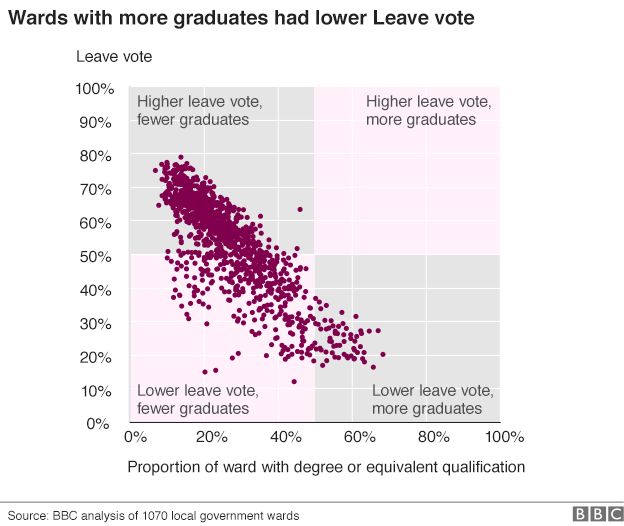A long time ago, I’d written about my experience as a Quant at an investment bank, and about how banks like mine were sitting on a pile of risk that could blow up any time soon.
There were two problems as I had documented then. Firstly, most quants I interacted with seemed to be solving maths problems rather than finance problems, not bothering if their models would stand the test of markets. Secondly, there was an element of groupthink, as quant teams were largely homogeneous and it was hard to progress while holding contrarian views.
Six years on, there has been no blowup, and in some sense banks are actually doing well (I mean, they’ve declined compared to the time just before the 2008 financial crisis but haven’t done that badly). There have been no real quant disasters (yes I know the Gaussian Copula gained infamy during the 2008 crisis, but I’m talking about a period after that crisis).
There can be many explanations regarding how banks have not had any quant blow-ups despite quants solving for math problems and all thinking alike, but the one I’m partial to is the presence of a “middle layer”.
Most of the quants I interacted with were “core” in the sense that they were not attached to any sales or trading desks. Banks also typically had a large cadre of “desk quants” who are directly associated with trading teams, and who build models and help with day-to-day risk management, pricing, etc.
Since these desk quants work closely with the business, they turn out to be much more pragmatic than the core quants – they have a good understanding of the market and use the models more as guiding principles than as rules. On the other hand, they bring the benefits of quantitative models (and work of the core quants) into day-to-day business.
Back during the financial crisis, I’d jokingly predicted that other industries should hire quants who were now surplus to Wall Street. Around the same time, DJ Patil et al came up with the concept of the “data scientist” and called it the “sexiest job of the 21st century”.
And so other industries started getting their own share of quants, or “data scientists” as they were now called. Nowadays its fashionable even for small companies for whom data is not critical for business to have a data science team. Being in this profession now (I loathe calling myself a “data scientist” – prefer to say “quant” or “analytics”), I’ve come across quite a few of those.
The problem I see with “data science” on “Main Street” (this phrase gained currency during the financial crisis as the opposite of Wall Street, in that it referred to “normal” businesses) is that it lacks the cadre of desk quants. Most data scientists are highly technical people who don’t necessarily have an understanding of the business they operate in.
Thanks to that, what I’ve noticed is that in most cases there is a chasm between the data scientists and the business, since they are unable to talk in a common language. As I’m prone to saying, this can go two ways – the business guys can either assume that the data science guys are geniuses and take their word for the gospel, or the business guys can totally disregard the data scientists as people who do some esoteric math and don’t really understand the world. In either case, value added is suboptimal.
It is not hard to understand why “Main Street” doesn’t have a cadre of desk quants – it’s because of the way the data science industry has evolved. Quant at investment banks has evolved over a long period of time – the Black-Scholes equation was proposed in the early 1970s. So the quants were first recruited to directly work with the traders, and core quants (at the banks that have them) were a later addition when banks realised that some quant functions could be centralised.
On the other hand, the whole “data science” growth has been rather sudden. The volume of data, cheap incrementally available cloud storage, easy processing and the popularity of the phrase “data science” have all increased well-at-a-faster rate in the last decade or so, and so companies have scrambled to set up data teams. There has simply been no time to train people who get both the business and data – and the data scientists exist like addendums that are either worshipped or ignored.
